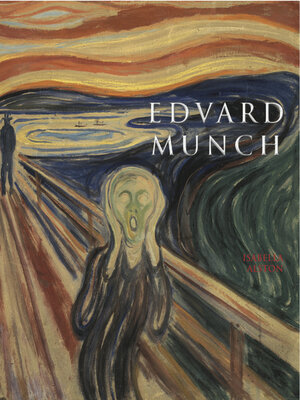
Sign up to save your library
With an OverDrive account, you can save your favorite libraries for at-a-glance information about availability. Find out more about OverDrive accounts.
Find this title in Libby, the library reading app by OverDrive.



Search for a digital library with this title
Title found at these libraries:
| Library Name | Distance |
|---|---|
| Loading... |
Edvard Munch’s career is effectively divided into two periods: those before and after his mental breakdown in 1908. Prior to his psychiatric treatment and recuperation, the underlying themes of his work bounced between dark sorrow and an overt, aggressive sexuality. But after his breakdown, when he had returned to his homeland of Norway after two decades in France and Germany, his work took a decidedly positive turn in theme and subject. Munch’s body of work is now being revisited in a modern context. In recent years Munch has finally gained the attention and appreciation of the public and critics alike. The art world was caught off guard when in May 2012 a pastel version of The Scream , created in 1895, sold at auction for $119.9 million. The Nazis labeled Munch’s art “degenerate” along with the art of his contemporaries such as Picasso, Matisse, his beloved Gauguin, and Paul Klee. Eighty-two of Munch’s paintings were confiscated by the Nazis, but most have now been found.







